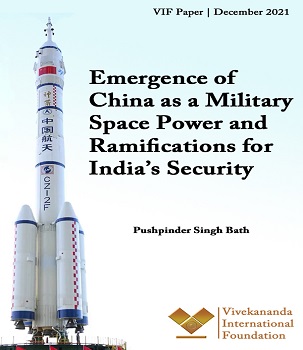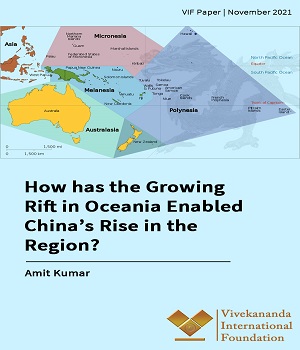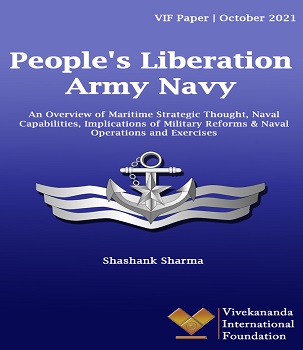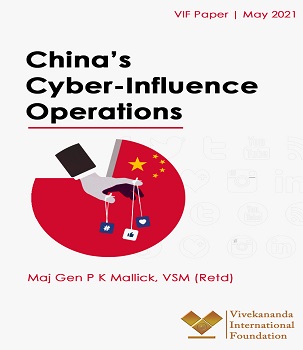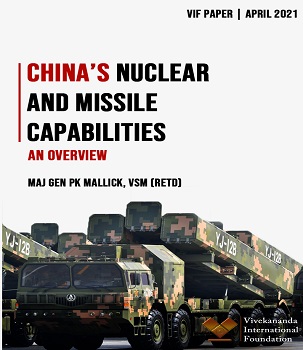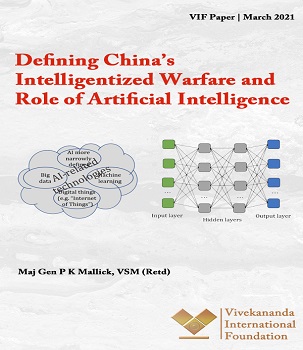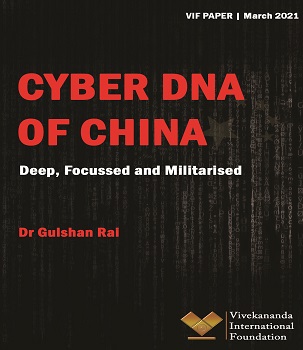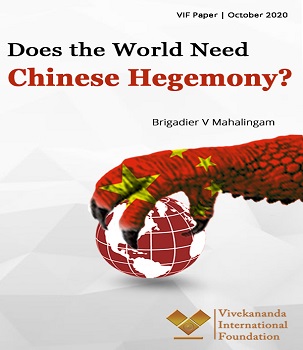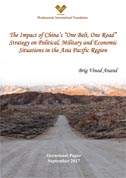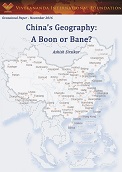China’s space programme can be described as a mystery within a maze. The visible elements of the programme include space launch vehicles, launch sites and satellite systems. However, various components of its organisational structure and architecture are shrouded in obscurity. Since the birth of China’s space programme in 1956, its development has mirrored the progress of the nation as a whole.
This paper seeks to investigate the factors that allowed China to emerge as a major player in the Oceania. The paper argues that the traditional powers in the region, the ANZUS, have viewed the region predominantly through the geostrategic lens and in the process, have ignored the core concerns of the Pacific States and instead securitized the region driven by their narrow strategic goals, creating a vacuum and a readymade ground for China to step up and assume a gradually increasing influential role in the region with relative ease and without any credible resistance.
This paper aims to provide an overview of the Chinese maritime strategic thought and naval capabilities that could have a bearing on India’s strategic and security environment, particularly in the Indian Ocean. It provides a broad picture of major reforms in PLA during the Xi Jinping era that commenced in 2014 and the drivers and objectives behind these reforms.
… With its growing assertiveness in the international arena, China uses new technologies to achieve its foreign policy goals and project an image of responsible global power … spending billions on influence operations across the world ... fits in with China’s larger aim of expanding its soft power alongside its growing economic and military power … reach of Beijing’s overseas media is impressive and should not be underestimated. But the results are mixed ...
… creation of the theatre commands and the PLA’s emphasis on joint operations have catalysed the Rocket Force’s focus on jointness…. integrating Rocket Force units into dual-use missile systems and the possible collocation of conventional and nuclear missiles could create risks of unintentional escalation in a conflict ... more diverse and dispersed nuclear force could increase China’s confidence in the survivability of its second-strike capability, causing it to forego more assertive changes to its nuclear posture…
China feels that U.S. is its main adversary ... China is trying to match U.S. technological capabilities with its own strength in AI as a leap frog technology and a new concept of war ... But there will be lot of problems in implementing this concept of Intelligentization Warfare to reality. However, President Xi Jinping has thrown the gauntlet, and it is up to the U.S. the other adversaries and the rest of the world to follow this concept keenly.
The strategic goals reconfirmed by the CCP, in late 1970’s, included maintaining domestic stability; sustaining economic growth and development; defending national sovereignty and territorial integrity; safeguarding China’s interest world over. The focus of the Fifth, Sixth and Seventh Five year Plans, was on investing in export industries, infrastructure, adaption and investment in technology development. China began opening its economy to the outside world and embraced market forces. Since then, China’s growth and development have been spectacular.
In 2004, Premier Wen Jiabao said that China’s rise “will not come at the cost of any other country, will not stand in the way of any other country, nor pose a threat to any other country”. The broad Pacific Ocean is vast enough to embrace both China and the United States”, said Chinese President Xi Jinping while meeting US Secretary of State John Kerry in Beijing in May 2015.
Retrospect When one talks about Silk Road it conjures up visions of traders and caravans travelling from Occident to the Orient and vice versa. There have been many versions of silk roads which have been used by both traders and invaders for ages. These silk roads connected many cultures and civilizations and these exchanges were largely mutually beneficial. For instance, along with the trade Buddhist religion spread from India to Afghanistan and then to Central Asia, and beyond to China along one of the many silk roads/routes.
Strategic thinkers have maintained that geography play a key role in determining a nation's aspirations, goals and behaviour. Taking cue, the author in this paper has delved on China's geography and the courses that this factor might play in China's march towards big power goals in the coming days. Click here to read full paper

